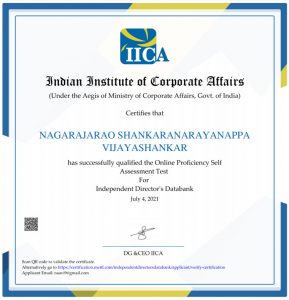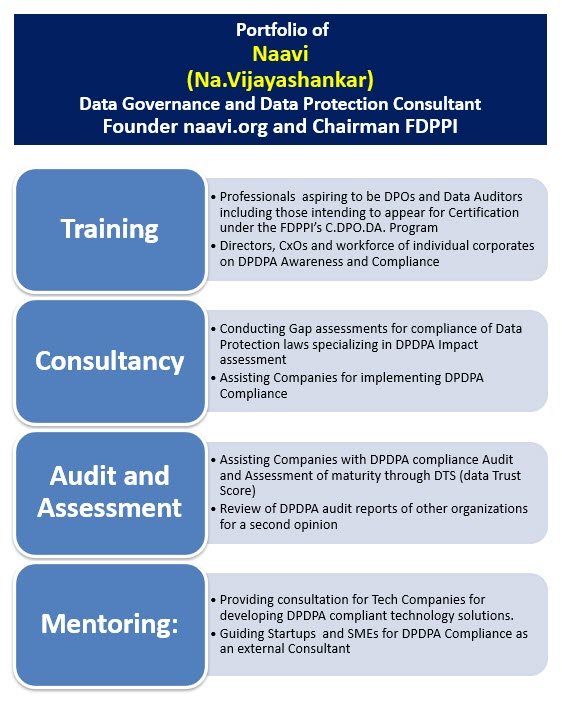Since last two days, there has been a serious discussion in the media about the incident in Infosys Bengaluru where an employee has been accused of filming a female employee in a washroom. The person committing the crime has been arrested for offences under Sections 77 of BNS and 66E of ITA 2000. Under both sections the offence of “Watching” or “Capturing” of a picture under the subject circumstances and has a possible imprisonment upto 3 years. It will be considered cognizable. (The police may not however be able to use both sections in the prosecution without the risk of “Double Jeopardy”.)
It is interesting to note that the press report states “When confronted, . …was quickly apprehended by two HR executives who responded to the victim’s cries for help. HR personnel found incriminating video evidence on his phone and took screenshots before deleting the video.”
While we fully support stringent action to be taken against the accused and commend the bold action initiated by the victim in filing a Police complaint it is necessary to point out the short comings of the administration in handling the incident after it came to their notice. This represents the corporate ignorance of Cyber laws in India.
The incident happened on 30th June 2025. The complaint was not filed by the Company though a “Cognizable offence” had occurred within the premises of the company. It appears that the next day, the victim and the husband filed the complaint with the Police and thereafter the company released a statement .
It is regrettable that the officials of the Company failed to respond properly to this incident and require to learn how to respond to such situations. There is clearly a lack of understanding of laws applicable which has placed the company in a situation where they could themselves become liable to be charged under criminal sections of ITA 2000/BNS.
The company’s statement referred to the incident as a “violation of the Company’s Code of Conduct” and not as a “Cognizable Offence under law”. This shows lack of appreciation of the responsibility of the company in recognizing that any “Offence” which needs to be “Prosecuted” has to be reported to the law enforcement. It cannot be buried as a “Misconduct”.
Secondly, it is stated that the HR executives deleted the pictures and videos from the accused mobile. These were evidences for the offence and earlier conduct of the accused and are huge evidences for pursuing the complaint.
While the Police may forensically recover the data and retrieve the evidence, the act of deletion was itself an offence under Section 65 of ITA 2000. The HR Executives and the department head/Company (by vicarious implication)may have to bear the responsibility for deleting “Evidence”. They may plead “Ignorance” and “Lack of guilty mind” but it can be only a defence in the trial stage, unless the Police also feign ignorance of Section 65 of ITA 2000 and not record the offence.
The screenshots taken become new evidence and the HR executives and their phones become part of the witness/evidence. The recovered data from the victim’s phone has to be supported by Section 63 (BSA) with its own complications adding challenges to the prosecution.
We wish that this incident is not an issue of Company reputation and there should be no attempt by the company to brush the issue under the carpet. I recall the 2004 case of Suhas Katti where Chennai police took a much lesser crime seriously and pursued the case to possible conviction (with the assistance of the undersigned who presented the Section 65B certified evidence).
Now it is time for Bengaluru police to prove that they are capable of bringing conviction in this case.
Naavi







